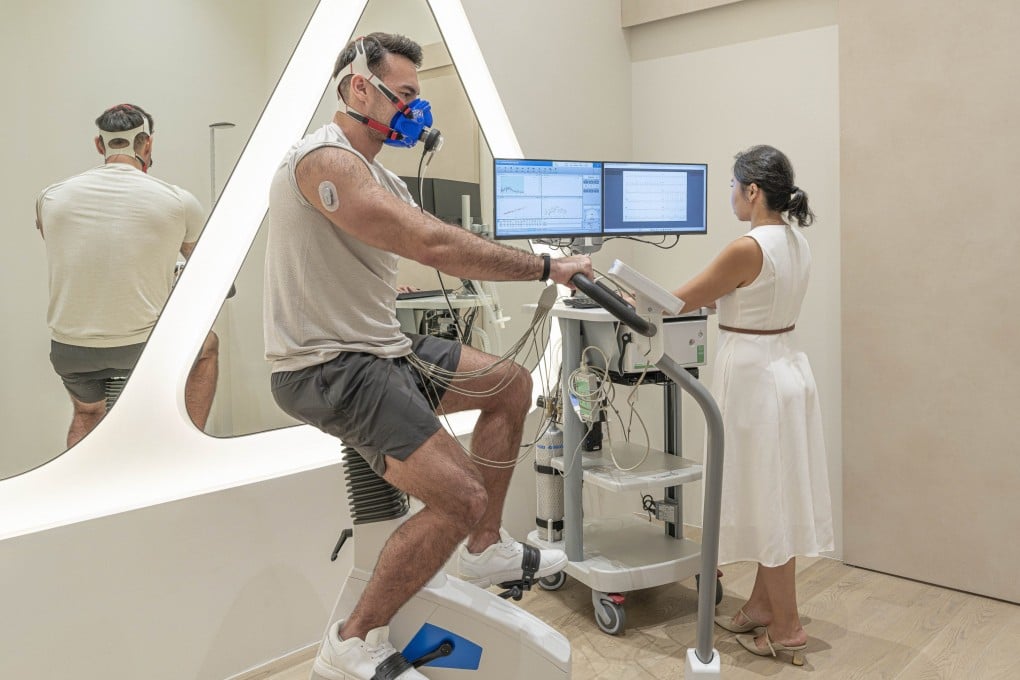How to slow or reverse ageing? New longevity trends, according to 2 experts
We can’t all spend millions a year on longevity like Bryan Johnson. Specialists explain how they help people live longer, healthier lives

In the new Netflix documentary Don’t Die: The Man Who Wants to Live Forever, tech multimillionaire Bryan Johnson gives viewers a glimpse of his regimen that he and his team have designed to try to defeat the ageing process.
His Blueprint initiative involves waking up at 5am and going to bed by 8.30pm; consuming a mostly vegan diet while taking 90 supplements a day; “bathing” in LED light; exercising for up to 60 minutes a day, six days a week; and undergoing routine MRI scans and tests.
He has had blood transfusions from his son and shockwave therapy on his penis.
Life expectancy is increasing globally, with the number of people aged 80 years or older estimated to reach 426 million by 2050. But more of us are also looking to live more healthily as we age.